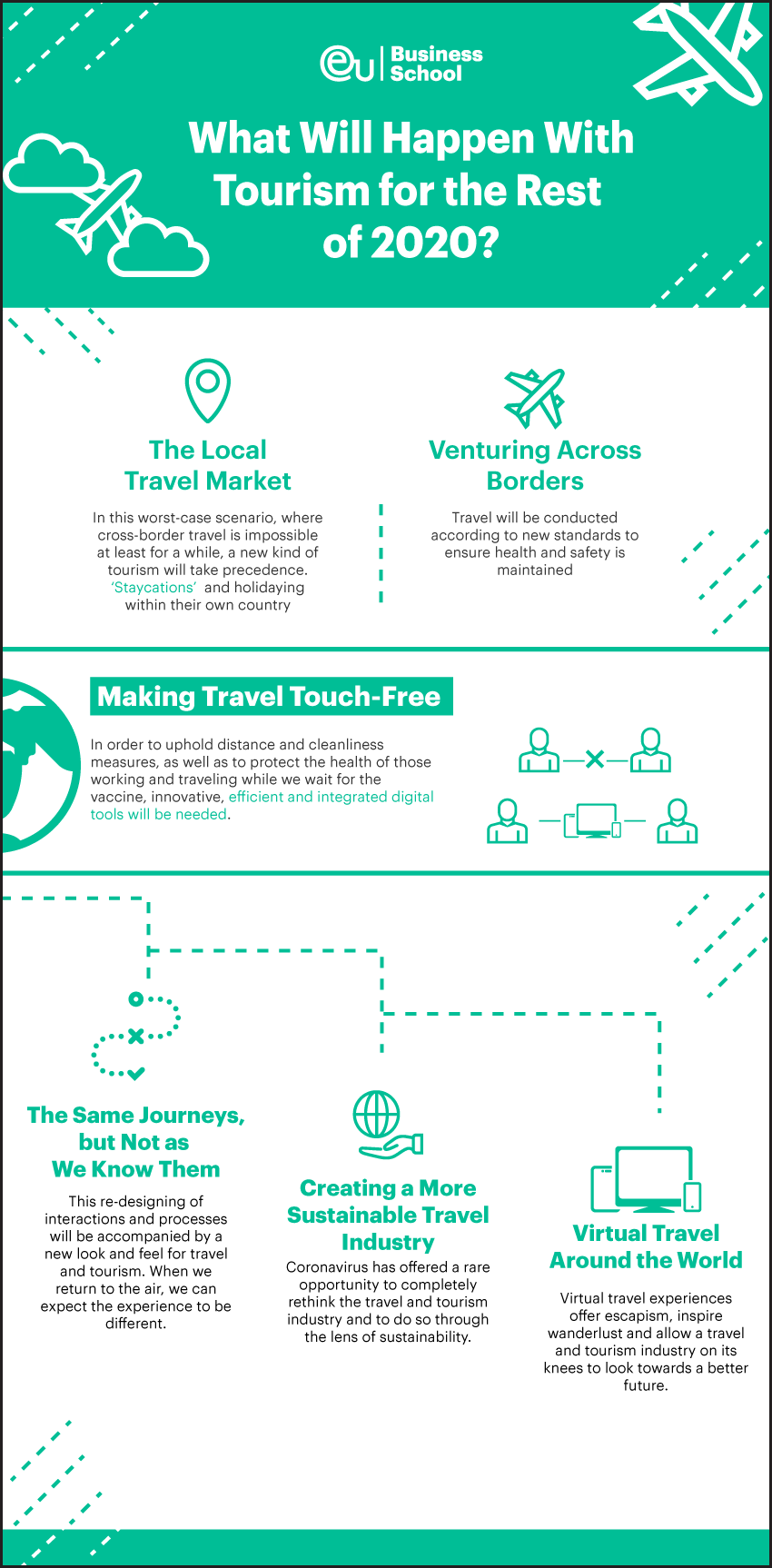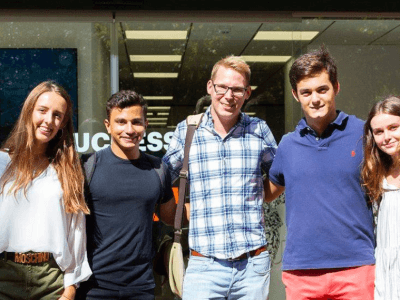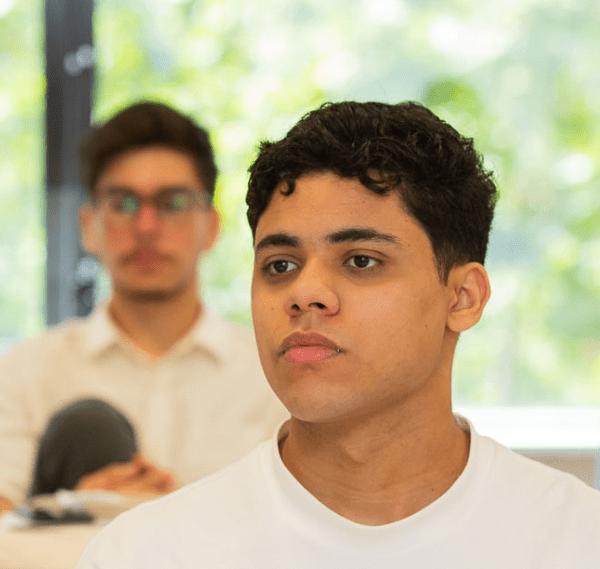There is a lot of doom and gloom on the internet when it comes to the future of travel and tourism. Before the rapid spread of coronavirus grounded planes and curbed travel plans, the tourism industry was already facing significant challenge from growing awareness about the environmental crisis. And now the future is even less certain. According to the World Travel and Tourism Council (WTTC) travel and tourism create 1 in 10 of the world’s jobs, over 100 million of which are threatened by the impact of the global spread of coronavirus.
However, with change comes opportunity. The gradual re-thinking of our habitual travel addiction has been accelerated by the effects of the pandemic. What will happen next is still up for debate as we try to understand how consumer behavior and ever-shifting regulations will shape the future of the industry.
And having been ground to a halt, the industry needs careful resuscitation. Which means decisions made by regulators are being scrutinized. The Argentinian government has been heavily criticized for choosing to ground all internal and external flights until September; industry experts argue this will have detrimental effects on thousands of jobs in the country.
So, what’s the worst that could happen? Widespread unemployment, businesses folding under the economic pressure, governments protective of their citizens keeping borders closed and stringent controls in place.
However, there’s already evidence to suggest that the future will be much brighter.

The Local Travel Market
In this worst-case scenario, where cross-border travel is impossible at least for a while, a new kind of tourism will take precedence.
Following the global recession in 2008 there was a huge rise in the number of people taking ‘staycations’ and holidaying within their own country. And why not? There are so many incredible places to explore on our doorsteps. What’s more, with most governments having announced financial support for workers and small businesses, and with confinement leaving people hungry for a change of scene, there is reason to expect that even if international borders remain closed for a while, people will still go on holiday.
Which means that businesses reliant on tourism will need to re-think their marketing and sales strategies to capitalize on the changed situation. And undoubtably space will open in the economy for new initiatives that offer a novel approach to enabling and encouraging people to make the most of exploring their home country.
Venturing Across Borders
An increase in local holidays is likely to be seen regardless of the reopening of borders, given that some people will have less disposable income and others may be nervous to immediately reembrace air, or other long-distance, travel.
However, there are already agreements in place and guidelines have been announced that lay out a path to reviving the international travel and tourism industry.
For example, Baltic countries Latvia, Lithuania and Estonia opened their borders on May 15, allowing citizens to travel freely between them. A similar agreement has been announced for trans-Tasmanian travel between Australia and New Zealand. In Europe, France and the UK have agreed not to quarantine each other’s citizens, while the European Commission has shared their guidelines for the non-discriminatory re-opening of internal borders between countries with comparable health situations. Once all internal borders have been re-opened, Europe will once again open for international visitors.
It’s difficult to predict how long this will all take but we do know that border openings will not be dependent on the creation of a vaccine; travel will be conducted according to new standards to ensure health and safety is maintained, meaning we can get excited about travel in the not-too-distant future!
Making Travel Touch-Free
In order to uphold distance and cleanliness measures, as well as to protect the health of those working and traveling while we wait for the vaccine, innovative, efficient and integrated digital tools will be needed. Every interaction will need to be re-thought in order to be made as safe as possible.
Some innovative hospitality businesses are ahead of the curve, with Swiss luxury hoteliers Le Bijou, for example, already offering contactless check-in and concierge services via a digital butler. Similarly, low-cost airline Cebu Pacific has launched contactless flights in the Philippines. We can expect to see more and more innovations of this kind from new and existing travel and tourism businesses.
This increasing reliance on digital transactions will bring with it increased concern from consumers about the safety of their data. Which is where security initiatives such as Known Traveler Digital Identity (KDTI) from the World Economic Forum could come in, helping travelers to feel safe, as well as making the processes and exchanges required in the ‘new normal’ more efficient. KDTI allows travelers to store and control personal data they need to travel. For example, travelers could use the service to store health certificates (which may become essential) and to share these with border staff, hotel management and other people or services as required.
Similarly, the many contact tracing apps that have been developed in countries around the world will need to be adapted to communicate with one another to allow seamless transitions across borders. Alternatively, a new global service of this kind could emerge to fill the need.
The Same Journeys, but Not as We Know Them
This re-designing of interactions and processes will be accompanied by a new look and feel for travel and tourism. When we return to the air, we can expect the experience to be different. Although airlines do not currently have the funds available to redesign aircraft, temporary measures put in place now will likely inform the interiors of airplanes in the future. Clever make-shift examples can already be seen, such as in Fatorydesign’s Isolate Kit which transforms the middle seat of an airplane row into a protective screen.
Similar adaptations will likely be put in place across trains, cruise ships, coaches and other popular methods of travel to allow tourists to make the most of freedoms as they are re-introduced.
And the redesign won’t stop there. Already, several airlines have produced new uniforms with integrated PPE to keep staff safe while attempting to maintain the elegance of air travel. It’s likely that all airlines will review their uniforms and that several design iterations will be seen as security measures gradually decrease. Ensuring staff and customers can travel with complete peace of mind is fundamental to successfully reviving the industry.
It’s been suggested that food and drink will no longer be sold or offered on transport in order to limit contact. Which will likely catalyze innovative services from kiosks in airports and train stations to make the most of customers being required to purchase food and drink before traveling. And, given the rapid innovation that saw Chinese company Meituan offer paper shields with meals to prevent the spread of the virus, there will undoubtably be innovation here. For example, we may see airlines, reluctant to lose another income stream, finding ways to present their meals in a similarly safe manner.
Creating a More Sustainable Travel Industry
Before coronavirus, climate change was the biggest threat we faced as a global society. The impact of travel and tourism on the environment is unavoidable. As a result, nearly 25,000 people signed a petition not to fly in 2020 and popular band Coldplay announced they would stop touring until doing so was beneficial for the planet. The industry had started to respond with airline KLM launching the Fly Responsibly campaign, encouraging customers to consider alternatives to flying and competitors to join their drive for a more sustainable future.
In yet another demonstration of admirable leadership from New Zealand’s Jacinda Ardern, the country’s tourism board has been tasked with reimagining how tourism will operate post-pandemic. Coronavirus has offered a rare opportunity to completely rethink the travel and tourism industry and to do so through the lens of sustainability. This is a space to watch as more intelligent solutions are bound to emerge.
Virtual Travel Around the World
While we wait for bans to be lifted and borders to reopen, many people are turning to digital travel. Virtual travel experiences offer escapism, inspire wanderlust and allow a travel and tourism industry on its knees to look towards a better future.
Virtual initiatives are encouraging people to connect to the world around them, especially with the wilder places on this planet This could in turn have a positive impact on sustainability, as awareness of the fragility of our ecosystem spreads. Green businesses in travel and tourism are also likely to see a spike in interest and support.
Meanwhile, campaigns such as WTTC’s #TogetherInTravel and Armchair Adventure’s #KeepTravelAlive encourage people to share past travel experiences and connect people within the industry to their community.
Building the Future of Travel and Tourism
Travel and tourism has been one of the industries most heavily affected by coronavirus. It will take time for it to return to something we all recognize as ‘normal’. But, as we have seen, there are plenty of scenarios that could come into play which offer the opportunity to innovate and improve the travel experience for us all.
For a business education that will prepare you not only to face the changes affecting the industry, but to create the change you want to see, sign up for our bachelor’s in Leisure and Tourism Management, or our master’s in Tourism and Hospitality Management.










